We put the Nubia RedMagic 7 Pro through our rigorous DXOMARK Audio test suite to measure its performance both at recording sound using its built-in microphones, and at playing audio back through its speakers.
In this review, we will break down how it fared in a variety of tests and several common use cases.
Overview
Key audio specifications include:
- Two speakers: one top-side firing, one bottom-side firing.
- 3.5 mm audio jack
- DTS:X Ultra Surround Sound
Scoring
Sub-scores and attributes included in the calculations of the global score.
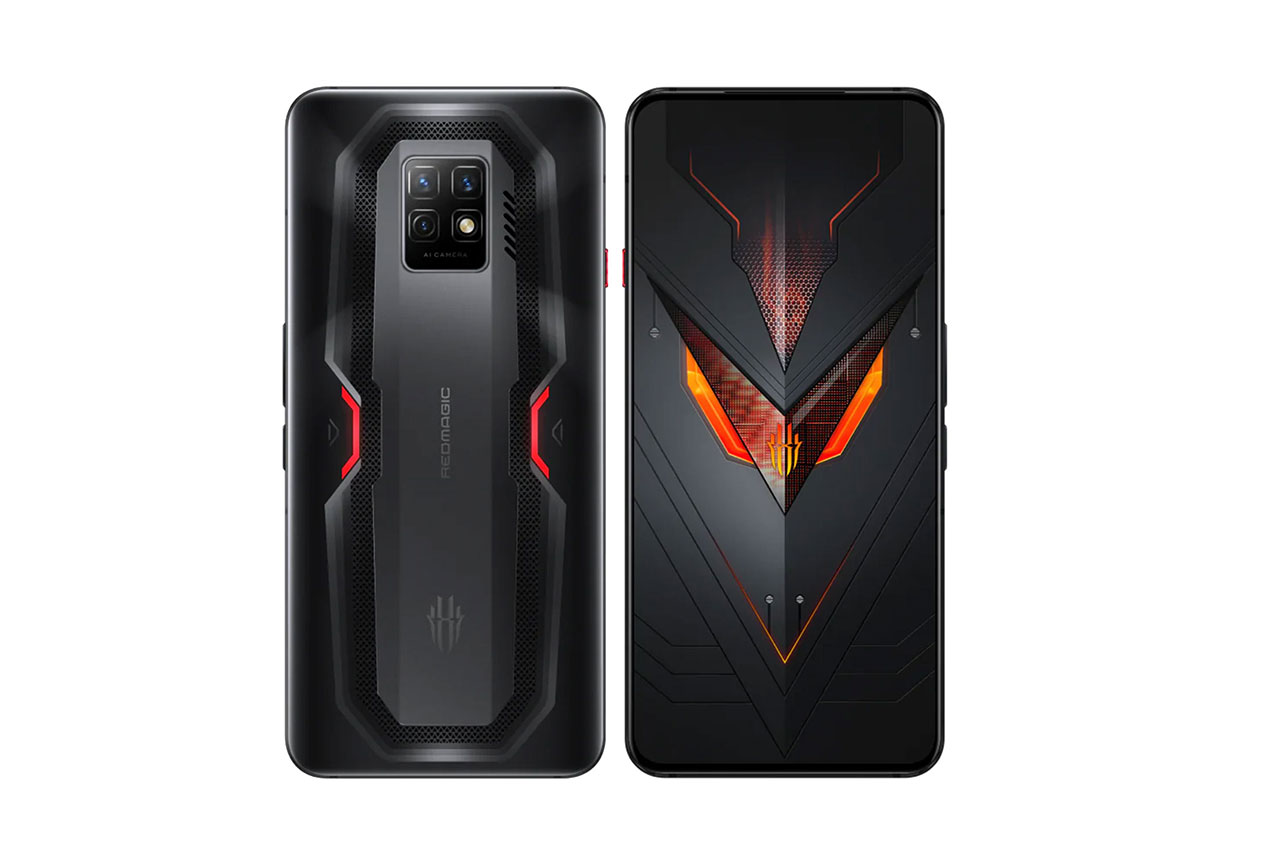
Nubia RedMagic 7 Pro


 174th
174th 49th
49thPlayback
Pros
- Relatively free of artifacts
Cons
- Maximum volume is not useable
- Lack of low-end extension
- Weak punch
Recording
Pros
- Correct recording loudness
- Decent SNR
Cons
- Inconsistent tonal balance in all apps used
- Poor performance in high SPL scenario
- Mono recording.
The Nubia RedMagic 7 Pro is, like its predecessors, built to appeal to gamers. It has the top-of-the-line Snapdragon 8 Gen 1 under the hood, a sophisticated cooling system, and shoulder triggers. This model also boasts of stereo speakers with DTS: X Ultra Surround Sound tuning. But like its predecessors, the 7 Pro falls a little short in our audio testing, with this latest device losing one point in its overall score to its predecessor, the RedMagic Pro 6, as well as losing a point on playback and five points in recording.
On the plus side in playback, the 7 Pro is relatively artifact-free, reaching an excellent score in our database, and it also did quite well in our volume attribute. But the overall sound lacks both high- and low-end, and in other attributes, the device was average at best. As a recording device, the RedMagic 7 Pro is functional in terms of recording loudness and in managing Signal-to-Noise Ratio, but otherwise produced middling results.
Test summary
About DXOMARK Audio tests: For scoring and analysis in our smartphone audio reviews, DXOMARK engineers perform a variety of objective tests and undertake more than 20 hours of perceptual evaluation under controlled lab conditions.
(For more details about our Playback protocol, click here; for more details about our Recording protocol, click here.)
The following section gathers key elements of our exhaustive tests and analyses performed in DXOMARK laboratories. Detailed performance evaluations under the form of reports are available upon request. Do not hesitate to contact us.
Playback
Nubia RedMagic 7 Pro
163
DXOMARK engineers test playback through the smartphone speakers, whose performance is evaluated in our labs and in real-life conditions, using default apps and settings.
In playback, the Nubia RedMagic 7 Pro suffers from a number of flaws that hold it back from its intended use as a gaming phone. Rich, satisfying timbre, good stereo wideness, accurate localizability, and good performance at high volume are all qualities that add to the gaming experience. In the case of the RedMagic 7 Pro, the tonal balance is thin, with an overemphasis on the midrange that makes it sound boxy. When playing games at maximum volume, an overall harshness dominates, making it unpleasant to use. The dynamics performance is also spotty, and it gets worse as the volume increases. Attack is rounded and soft, bass precision is poor, and the envelope is not accurate. In the spatial attribute, the Nubia RedMagic 7 Pro doesn’t have good wideness, and unfortunately, the stereo scene doesn’t rotate when using it in inverted landscape mode for gaming or watching movies. On a plus note, the device earned a top score for its lack of artifacts. But it is worth mentioning that when you open the music app, the fan seems to launch automatically, and you need to turn it off manually.
Here is how the Nubia RedMagic 7 Pro performs in playback use cases compared to its competitors:

Timbre
Nubia RedMagic 7 Pro
158
The Timbre score represents how well a phone reproduces sound across the audible tonal range and takes into account bass, midrange, treble, tonal balance, and volume dependency. It is the most important attribute for playback.

Dynamics
Nubia RedMagic 7 Pro
149
The Dynamics score measures the accuracy of changes in the energy level of sound sources, for example how precisely a bass note is reproduced or the impact sound from drums.
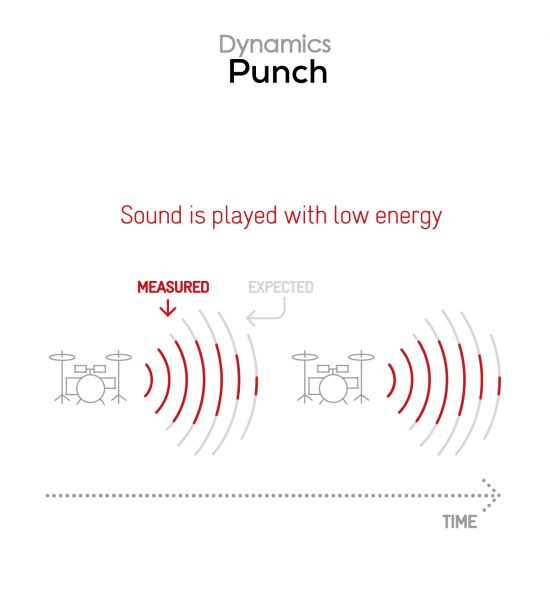
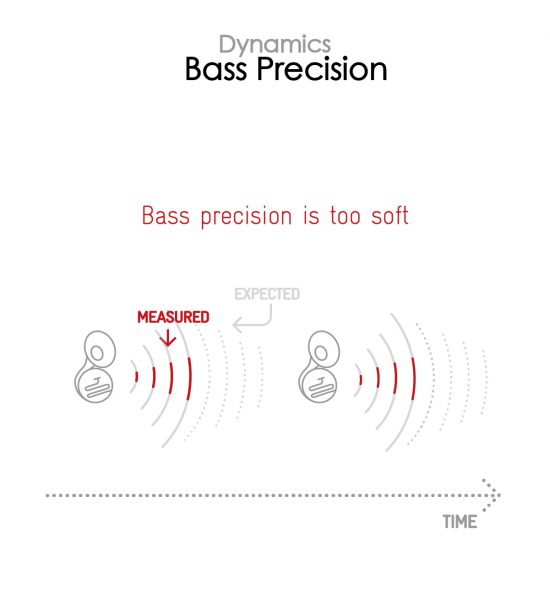

Spatial
Nubia RedMagic 7 Pro
162
The sub-attributes for spatial tests include pinpointing a specific sound's location, its positional balance, distance, and wideness.

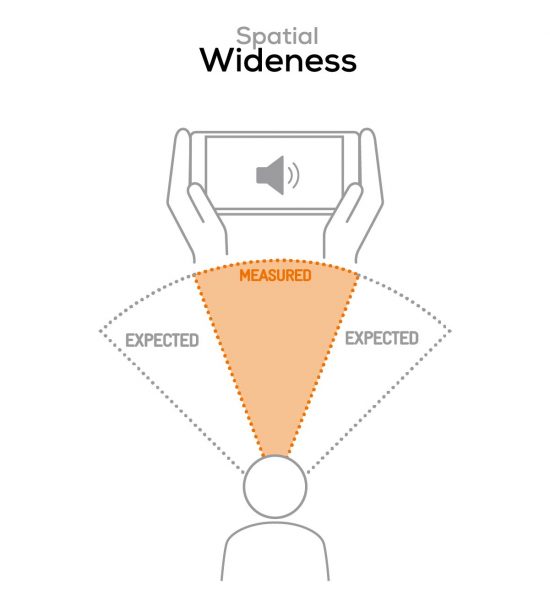

Volume
Nubia RedMagic 7 Pro
162
The Volume score represents the overall loudness of a smartphone and how smoothly volume increases and decreases based on user input.
| Hip-Hop | Classical | |
| Nubia RedMagic 7 Pro | 107.4 dBA | 104.3 dBA |
| Nubia RedMagic 6 Pro | 75.9 dBA | 72.8 dBA |
| Realme GT 2 Pro | 74.2 dBA | 69.5 dBA |

Artifacts
Nubia RedMagic 7 Pro
157
The Artifacts score measures the extent to which the sound is affected by various types of distortion. The higher the score, the less the disturbances in the sound are noticeable. Distortion can occur because of sound processing in the device and because of the quality of the speakers.
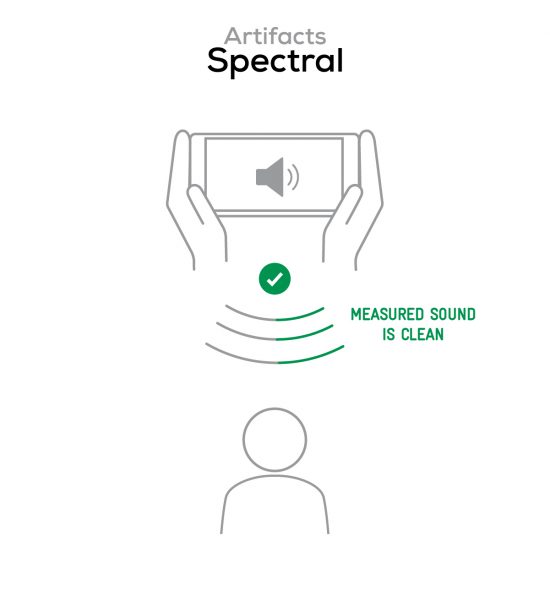
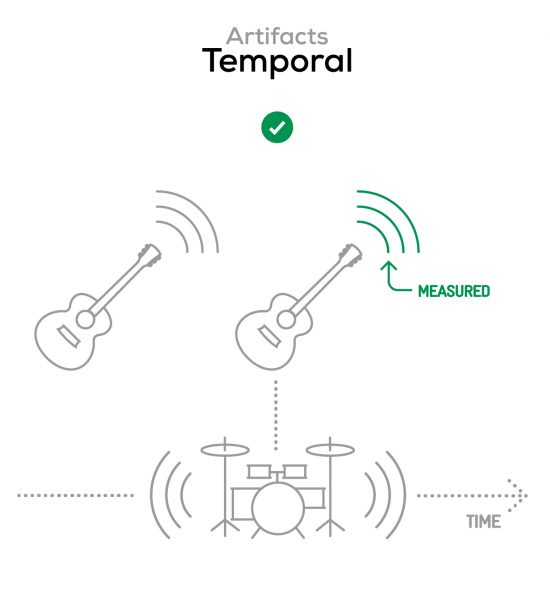
Recording
Nubia RedMagic 7 Pro
160
DXOMARK engineers test recording by evaluating the recorded files on reference audio equipment. Those recordings are done in our labs and in real-life conditions, using default apps and settings.
As a recording device, the Nubia RedMagic 7 Pro struggles on many fronts. It records in mono, immediately putting it at a disadvantage against many similarly priced competitors. This means the spatial performance is not very interesting. As for the sound it captures, different apps produce different results, but all of them are flawed. In life and selfie videos, for example, the tonal balance is severely lacking in low-end content. The upper spectrum, on the other hand, is overloaded in the 5Hz to 6Hz range, emphasizing sibilance and making trebles aggressive and metallic. In the memo app, the timbre is slightly more balanced but still aggressive and overly focused on high midrange and lower trebles. When recording in a high sound pressure level (SPL) situation, like at an electronic music concert, all those problems are exaggerated. And then there are the artifacts. At high SPL, recordings show strong compression and distortion. The background rendering is unrealistic, lacking bass and sounding tinny. On the plus side, recording loudness is correct.
Here is how the Nubia RedMagic 7 Pro performs in recording use cases compared to its competitors:

Timbre
Nubia RedMagic 7 Pro
147
The Timbre score represents how well a phone captures sounds across the audible tonal range and takes into account bass, midrange, treble, and tonal balance. It is the most important attribute for recording.

Dynamics
Nubia RedMagic 7 Pro
146
The Dynamics score measures the accuracy of changes in the energy level of sound sources, for example how precisely a voice's plosives (the p's, t's and k's, for example) are reproduced. The score also considers the Signal-to-Noise Ratio (SNR), for example how loud the main voice is compared to the background noise.
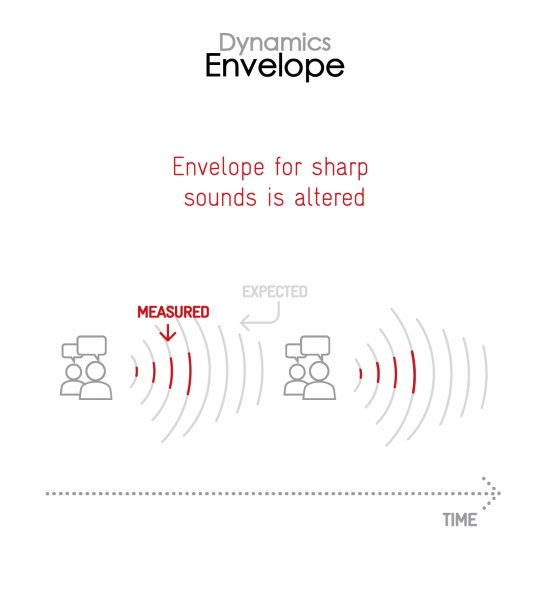
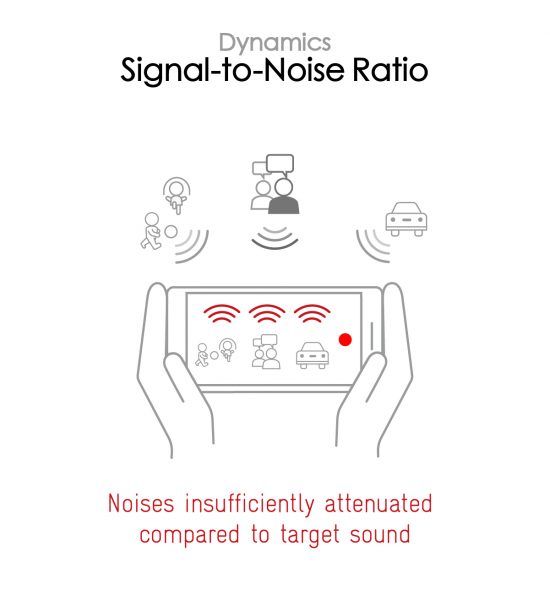

Spatial
Nubia RedMagic 7 Pro
159
The sub-attributes for spatial tests include pinpointing a specific sound's location, its positional balance, distance, and wideness on the recorded audio files.
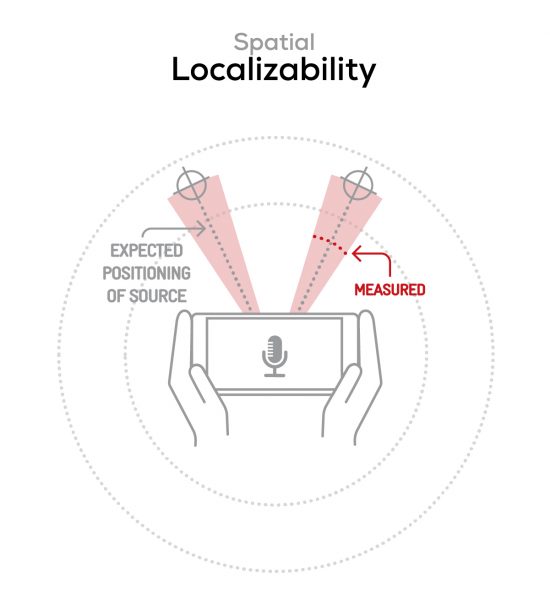
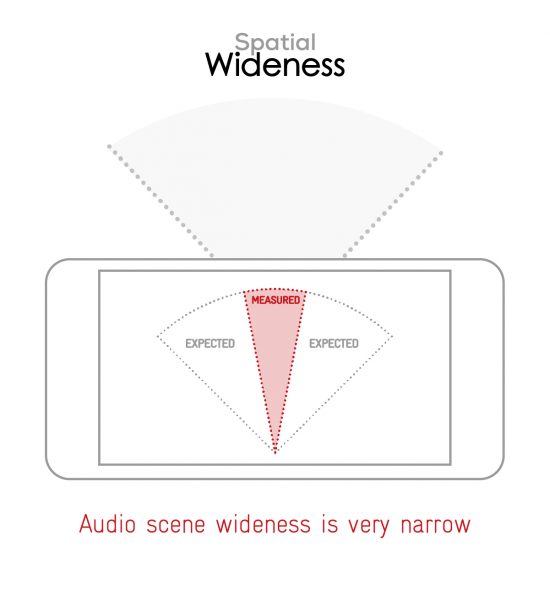

Volume
Nubia RedMagic 7 Pro
170
The Volume score represents how loud audio is normalized on the recorded files and the how the device handles loud environments, such as electronic concerts, when recording.
| Meeting | Life Video | Selfie Video | Memo | |
| Nubia RedMagic 7 Pro | -33.6 LUFS | -25 LUFS | -20.5 LUFS | -28.1 LUFS |
| Nubia RedMagic 6 Pro | -34.8 LUFS | -23.9 LUFS | -19.3 LUFS | -27.7 LUFS |
| Realme GT 2 Pro | -21.9 LUFS | -15.7 LUFS | -14.6 LUFS | -18.2 LUFS |

Artifacts
Nubia RedMagic 7 Pro
145
The Artifacts score measures the extent to which the recorded sounds are affected by various types of distortions. The higher the score, the less the disturbances in the sound are noticeable. Distortions can occur because of sound processing in the device and the quality of the microphones, as well as user handling, such as how the phone is held.

Background
Nubia RedMagic 7 Pro
166
Background evaluates how natural the various sounds around a voice blend into the video recording file. For example, when recording a speech at an event, the background should not interfere with the main voice, yet it should provide some context of the surroundings.
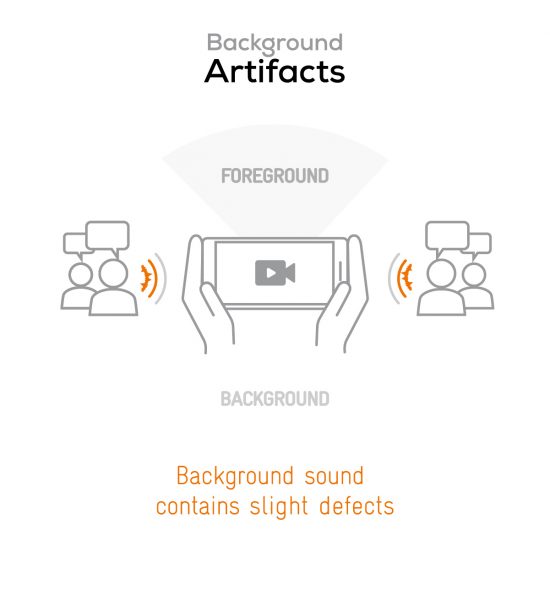
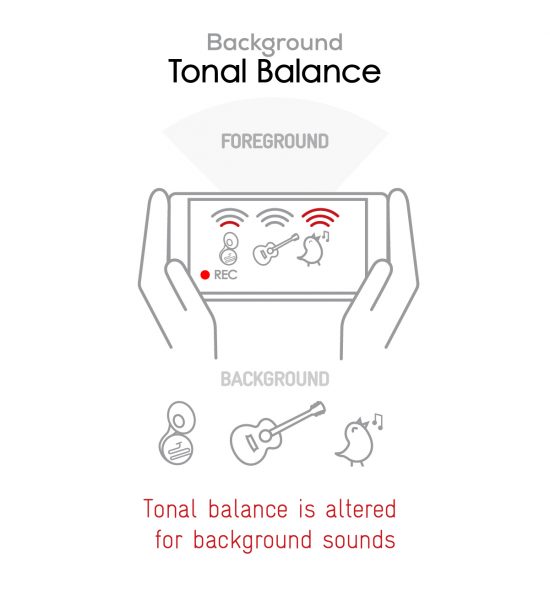


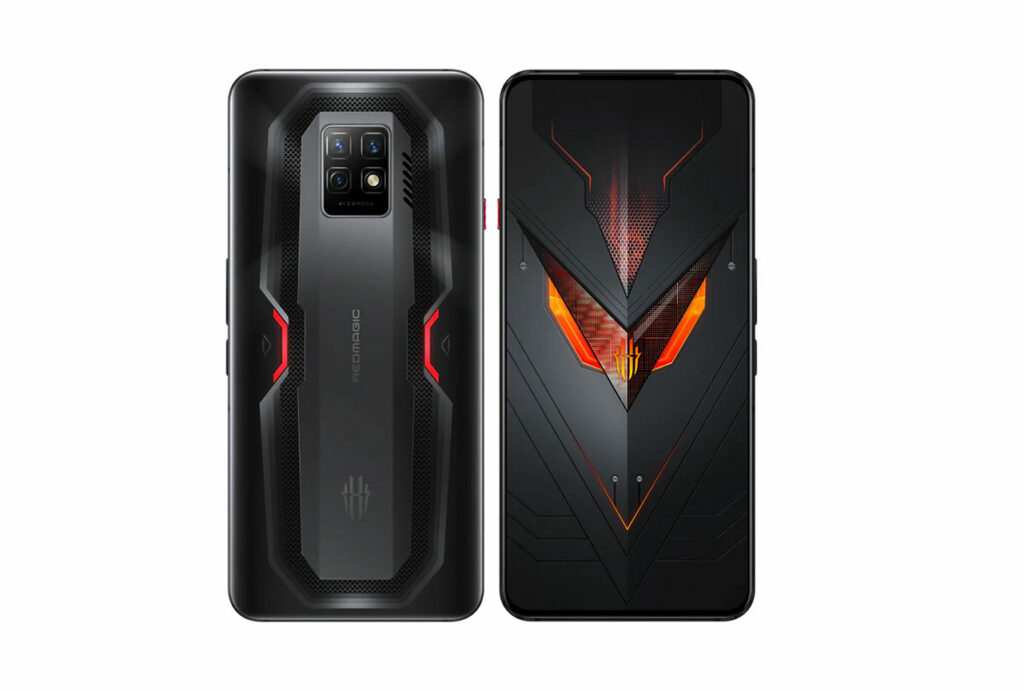
DXOMARK encourages its readers to share comments on the articles. To read or post comments, Disqus cookies are required. Change your Cookies Preferences and read more about our Comment Policy.